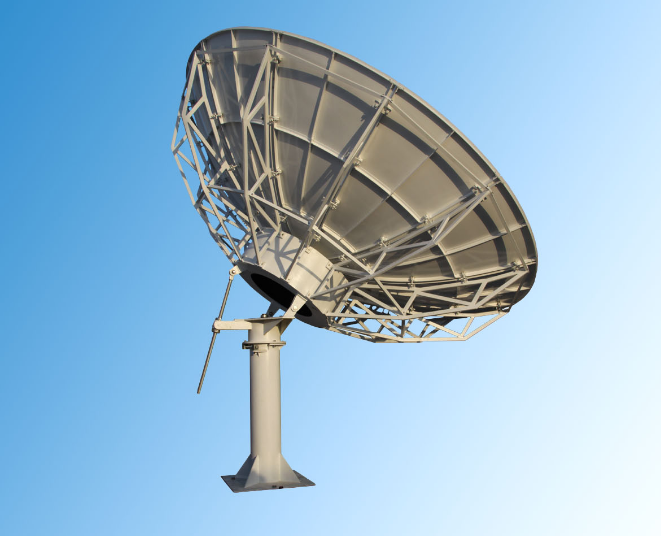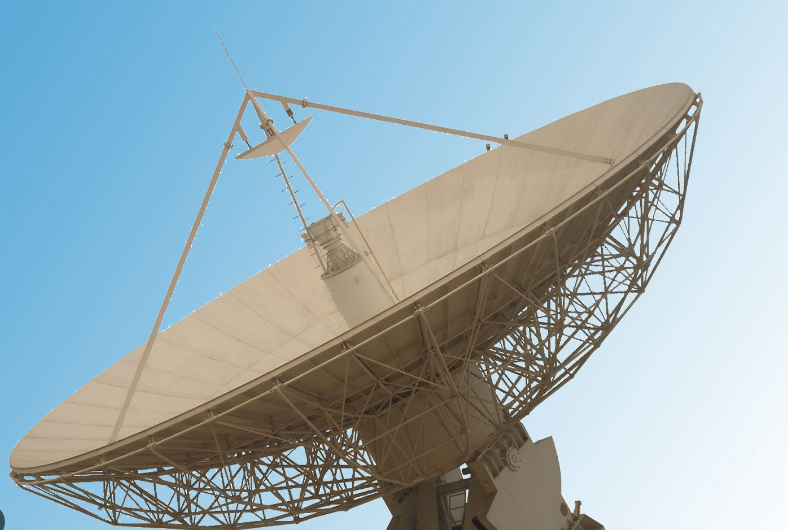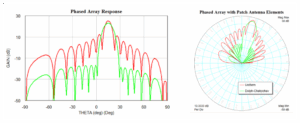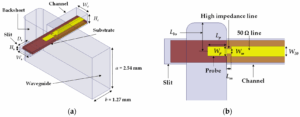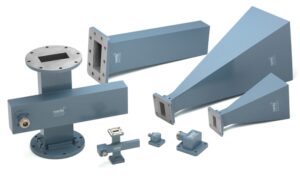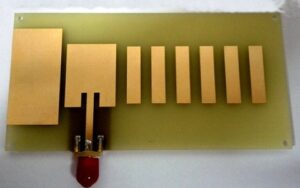Table of Contents
Small Satellite Antennas for Personal Use
One of the most widely used applications of satellite technology is satellite dishes that are used for satellite television and broadband satellite internet. Over time, small satellite antennas have seen considerable advancements. In terms of size, the dishes usually vary from 45 cm to 75 cm in diameter, permitting users to find a compromise between an easily transportable and conveniently constructed version and reception of signals from a satellite. Although a smaller satellite dish of 30cm in diameter can be produced, the majority of them range from 45cm to 75cm in size.
The most apparent advantage of the technology under consideration stems from their size; indeed, using small antennas allows for their installation in multiple residential buildings, which is possible due to the compactness of the dishes. Although larger dishes may be designed to be several meters across, a 60 cm dish can be safely placed on the roof or balcony without interfering with the surroundings. One more aspect that is worth mentioning is that the material of the devices and their design are another two important aspects to consider. To construct the dishes, vendors usually use aluminum because of its light weight and high strength or certain plastics strengthened with added chemical compounds. When good quality materials are installed, the device may be used for up to 10 years in ideal conditions, being checked and cleaned periodically. As for the total cost of the product the fee might fluctuate significantly; Generally speaking, the cost of a satellite dish of this size, designed for home use, is between $30 and $200, on average.
Most of the small satellite plates are highly efficient. As a rule, the smaller the diameter of the device is, the smaller gains they have, which might impact signal receipt quality if the dish is far away from the satellite broadcaster’s broadcasting area. To be more precise, a 45 cm in diameter antenna or dish may have a 34.5 dB gain, which is the measure of a satellite plate’s efficiency or efficiency in obtaining satellite signals . A 75 cm diameter unit may have as much as 39.6 dB in this respect . One of the final advantages of the technology is that It is quite easy to install the devices. It is a two-hour task for a professional installer.
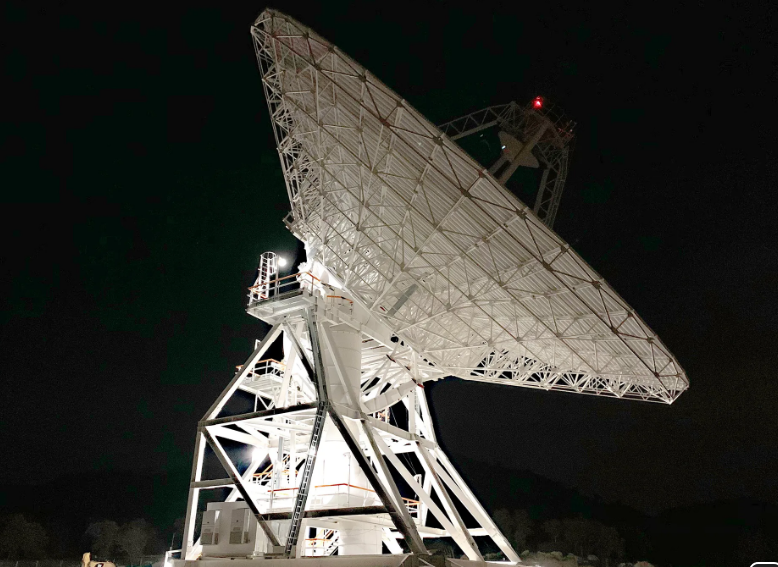
Medium-sized Antennas for Commercial Applications
Commercial Uses
-
Data transmission
-
Corporate networks
-
Broadcasting services
These types of antennas are commonly used by businesses in various applications with the need for efficient and stable communication. Typically falling into the range of 1.2 to 3.5 meters in diameter, medium-sized satellites offer an optimal balance of size and performance. Their larger surface area excels in receiving a higher-quality signal, thus increasing the gain. For instance, a common 2.4m dish achieves a gain of 42 dB to 49 dB, dramatically increasing the signal quality over smaller dishes . Such gain levels provide a substantially more stable and better-quality link, critical for live broadcasting applications, as well as in establishing emergency communication systems.
Cost
The high performance of medium-sized antennas comes at a cost. These commercial-grade antennas typically start at around $600 and cost thousands of dollars based on additional features, such as a motorized tracking system, LNBs, and the overall material quality. Quality materials such as high-grade steel or composites are used to withstand environmental conditions . The durability of the dish also ensures that they will last for at least a decade. The true cost of purchasing a cheaper, smaller dish for commercial use is having lesser quality pictures and an increased likelihood of losing signals at increased rates. Smaller dishes will likely require additional equipment as well, potentially raising the costs of ownership well above that of a higher-quality antenna.
Volume
Despite the fact that the material costs are similar between larger and smaller dishes, there is opportunity to save as a business with medium-sized antennas. Medium dishes take advantage of their larger size in both the uplink and downlink, meaning that signal transmission is faster . As previously mentioned, bandwidth is delivered at rates up to several megabytes . The speed of transmission is ultimately dependent on the satellite, but with a signal of this bandwidth, applications such as video conferencing are possible with improved data handling.
Maintenance
Antennas need regular care, as it can prove extremely costly to repair a dish that is unaligned or has lost its signal strength from years of neglect. Checks should be performed on a regular basis, even if the dish does not appear to have been disturbed. The maintenance cost of realignment, tightening of connections, and cleaning of the dish is negligible.
Large Antennas for Ground Stations and Teleports
Introduction
Large, high-performance satellite antennas are a vital part of ground stations and teleports. They facilitate the powerful communication networks that connect the world, drive sophisticated scientific work, and provide the backbone for international broadcasting. Designed to fulfill tasks such as deep-space communication, military tasks, and large-scale commercial telecommunications, they are capable of managing extremely high bandwidths, and naturally, they must be large to fulfill the requirement of deep-space missions. Typically ranging from 9 meters to 30 meters in diameter, the cost of a single system can be anywhere from $1 to $10 million.
Pricing
One of the most significant industrial factors is that of size. To provide an example: a 30-meter antenna can achieve a gain in excess of 60 dB at C-band, and higher in Ku and Ka band. It has the capability to manage the high throughput satellites with an enormous amount of bandwidth. Naturally, the cost of such a highly-capable system must be high. Pricing can range from under $1 million to over $10 million, depending on the size of the antenna and the design of the system.
Another factor in the price is the complexity of the construction. In many cases, the large antennas are constructed with many more integrated technologies, to be capable of managing the enormous amount of data from many satellites either coming through LEO or GEO. Lastly, naturally, high price correlates with the range of the antenna, and its ability to feed from multiple satellites at the same time, and operational need for all its parts to be functional.
Construction and Durability
Naturally, construction from a specialized steel or other quality materials is required. Most of the antennas are constructed using high-quality composites to be able to withstand and manage all kinds of weather for long periods. Another industrial factor is the lifespan of the system. Several constraints ensure a comfortable lifespan over 20 years. Operation costs and considerable weight of these systems in costs are the requirements to keep them adjusted both mechanically and electronically.
Factors Influencing the Size of Satellite Antennas
There are several critical factors that determine the size of satellite antennas and influence their functionality and performance in different applications. The four important dimensions are the frequency to be operated on, the required gain, the satellite orbit, and practical or physical limits on the antenna size. Frequency and wavelength are probably the most fundamental determinants of antenna size as generally lower frequency signals require larger antennas to achieve the same gain as a similar signal at a higher frequency . For example, an L band frequency might require an antenna a great deal larger than one at the Ka band in order to receive a signal of comparable strength and clarity, the former being roughly from 1 to 2 GHz and the latter from 26.5 to 40 GHz . A high gain is an important design feature that will make an antenna larger; in general, a high gain antenna of more than 50 dB will be needed for deep-space tracking . Satellite antennas targeting satellites in low Earth orbit are likely smaller than those that communicate with geostationary satellites as LEO satellites are only 2000 km above the surface of the Earth . An important facet of the design of any satellite antenna is practical or physical considerations, such as size, would be the size of the antenna.
Geostationary satellites are 35,786 km away from the Earth and therefore an antenna needs to be designed to have a higher gain to be able to communicate with the high-flying satellite. Cities or mobile places, such as ships or aircraft, that require a small antenna due to practical or environmental concerns. Larger antennas are much more costly to produce and install. If a larger antenna becomes bent or receives some type of impact, the already substantial cost of securing a new satellite becomes exponentially higher. There is also the issue of transporting, installing, and keeping a large satellite functioning, including specialized cranes for placing, high winds in some locations, and other concerns that can make care and installing significantly more complex. The material the antenna’s made of is critical in deciding how huge an antenna might be. High strength-to-weight ratio materials such as advanced composites and metals enable for a larger antenna that does not weigh proportionally more than a smaller one, which is critical in space-based antennas where additional pounds increase the cost of launching.

